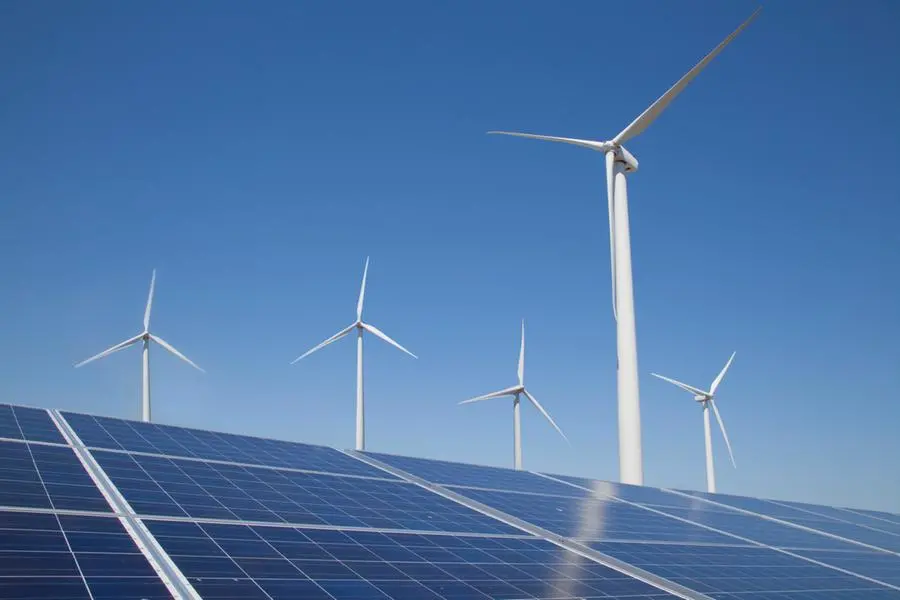PHOTO
Image used for illustrative purpose. Getty Images Moment RF
By 2050, green hydrogen could increase the GDP of six African countries by $126 billion, the equivalent of 12% of these countries’ current GDP, and create up to 4 million jobs, according to a new report.
With global demand for hydrogen projected to rise sevenfold by 2050, African economies could be well positioned to benefit from these opportunities, new analysis from the Africa Green Hydrogen Alliance (AGHA) and McKinsey shows.
"The continent’s abundant wind and solar potential and its proximity to key demand centers put it in a strong position to export green hydrogen and its derivatives to international markets, including Europe and Asia," the report titled "Africa's Green Hydrogen Potential" said.
For the six current member countries of the Alliance (Egypt, Kenya, Mauritania, Morocco, Namibia, and South Africa) who plan to collaborate on developing green hydrogen projects on the continent, the opportunities are immense.
High potential in wind and solar energy means that these countries could produce green hydrogen and related products such as ammonia competitively, both meeting domestic demand and growing market exports.
If AGHA members are able to build out low-cost hydrogen production and transportation systems, the continent’s exports for green hydrogen and its derivatives could reach 20 to 40 Mt by 2050, with the mix of exported end products depending on several factors, including carrier technology and shipping routes, the report said.
The report identifies European Union, Japan, and South Korea as priority export markets – reflecting existing infrastructure and high level of demand from existing manufacturing centres not able to fulfil all their clean hydrogen needs.
However, to realize these ambitions would require substantial investment of $450-$900 billion needed between now and 2050. Funding would likely need to be made available at the national level to develop critical infrastructure, and access to financing for private ventures would need to be facilitated. As much as 70% of the required investments could come from foreign direct investment.
In addition, AGHA member countries may also need to ensure that their respective workforces are sufficiently upskilled and able to fill the large number of skilled jobs that are likely to be created.
(Reporting by Brinda Darasha; editing by Daniel Luiz)





















